The Story of the Colour Turquoise
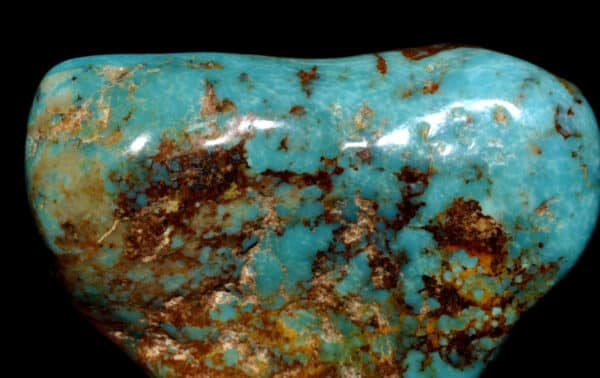
Turquoise Gemstone
First brought to Europe centuries ago, the word ‘turquoise’ is a derivative of the French for ‘Turkish stone’. Turquoise describes a gemstone, mineral and hue steeped in history and has been greatly significant throughout the timeline of the decorative arts. A colour of magic and mysticism, our love for turquoise is unsurprising and so, this month, we thought we would have a look at its fascinating story.
The Origins of Turquoise
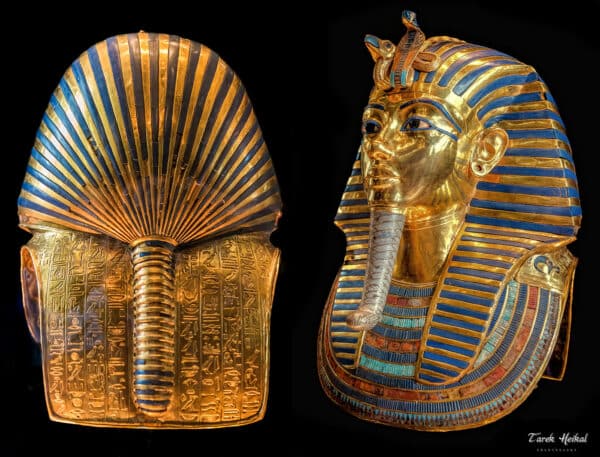
The Funerary mask of Tutankhamen inlaid with Turquoise, Attribution: Dr.Tarek Heikal (Creative Commons License)
Recorded to have been mined in the Sinai peninsula in the region of Mafkat from around 3000 BC, the turquoise gemstone was one of great significance to the ancient Egyptians. Used to decorate, embellish and adorn garments and jewellery of Egyptian royalty, the gem was believed to offer its wearer protection from evil as well as good health and good fortune.
Egypt wasn’t the only ancient civilisation in which turquoise was a prized stone. Symbolic of power and status, it was used across the globe by the Chinese, Persians, Native Americans and Aztecs for similar reasons for many hundreds of years.
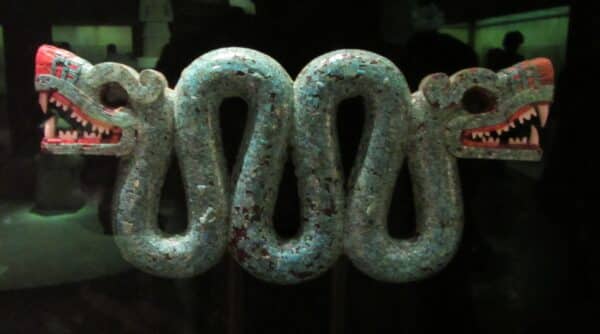
Double-headed serpent, Turquoise Mosaic. Mexico, 15th-16th century AD. British Museum, Attibution: BabelStone
Now understood to have been mined also in both South America and Mesoamerica, ancient tribes such as the Apaches and Navajo would incorporate turquoise into their ceremonial garments, believing its auspicious properties would aid their practices in combat – such as shooting their bow and arrows. To this day it is still a staple stone in traditional clothing and accessories in the American southwest.
Turquoise in Medieval and Renaissance Times
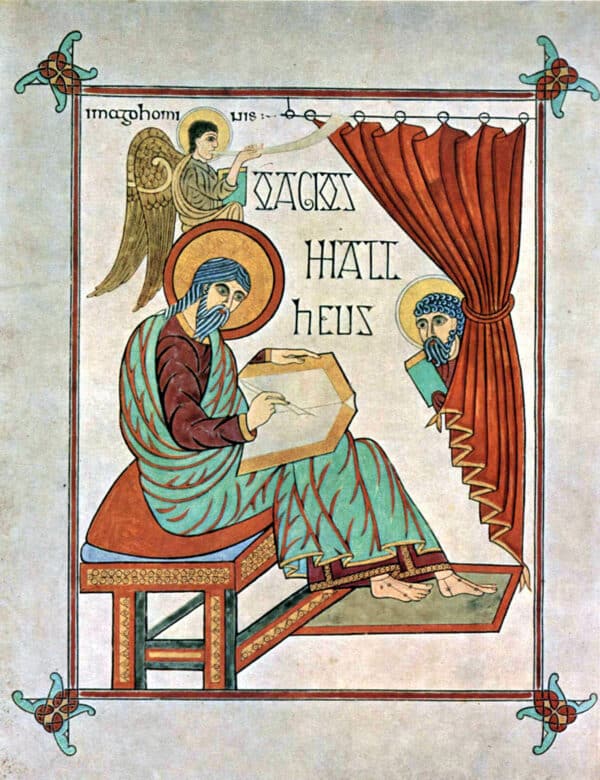
Portrait of St. Matthew from Lindisfarne Gospels, Illuminated Manuscript
Turquoise made its way to Europe via multiple different trade routes. During the crusades in the 11th to 13th centuries for example, and then through the booming Venetian merchant trade market. The growing wealth of the European continent facilitated its increased popularity and use in the decorative arts.
During this time we can see the more frequent appearance of turquoise in art forms such as the bedazzling stained glass windows of medieval cathedrals and enchanted illustrations in illuminated manuscripts. However, whilst subtle turquoise tones can be found in the backgrounds of works by artists like Vermeer, it wasn’t until later that it became a more prominent feature in paintings.
The Modern Use of Turquoise in Art
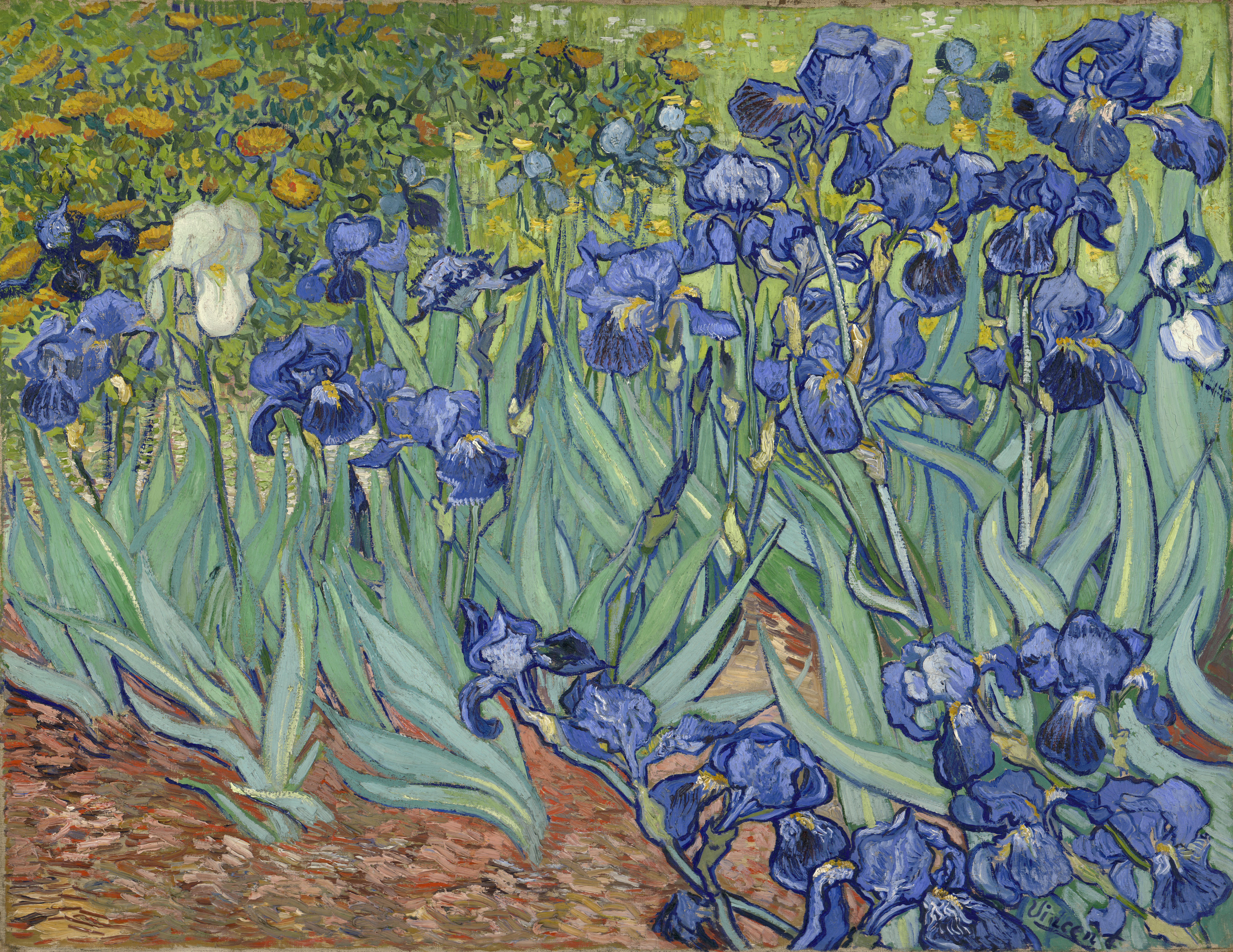
Vincent van Gogh, Irises, 1889, Oil on Canvas
As turquoise is not actually a pigment in itself, it wasn’t until the development of synthetic pigments and paints in the 18th century that it began to be used more frequently in artist’s colour palettes. Especially in the works of the Impressionists, Post-Impressionists and other early modern movements, who utilised the versatility of the colour to capture the dancing nature of light on water or vegetation in their vibrant landscapes.
With a range of blue to green hues attached to the colour’s definition, turquoise paint is made using different pigments such as cobalt and phthalo, leading to different outcomes on canvas. In one of our previous journals we had the pleasure of interviewing expert Sabina Pinon, who gave us a fantastic insight into the complex history of pigments, which we really encourage you to read here!
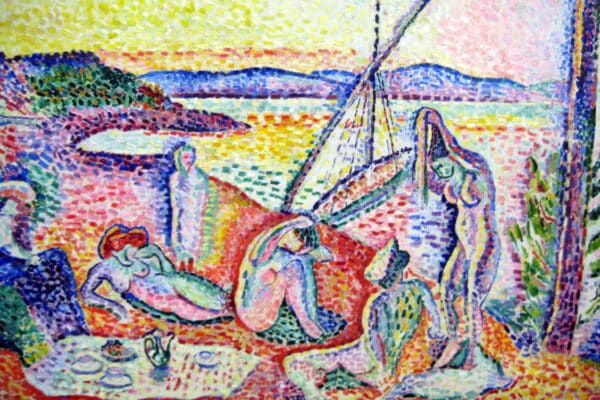
Henri Matisse, Detail: Luxe, calme et volupté, 1904-1905, Oil on Canvas, Image Attribution: W Gobetz Flikr
Perfect examples of artist’s love for the colour are the oeuvres of painters such as Claude Monet and Vincent Van Gogh. The gorgeous blue-green can be seen in many of their works, illuminating and elevating images of water lilies and irises. Other famous colourists such as Henri Matisse, Jackson Pollock and Andy Warhol are all also known lovers and users of the dazzling shade of blue.
As chemical science has evolved, we can now see both the colour and the turquoise gemstone used abundantly in fashion, jewellery, art and design. Given the way it has been revered in so many cultures throughout history, its consistent reoccurrence in these art forms is unsurprising.
Immerse Yourself in Turquoise
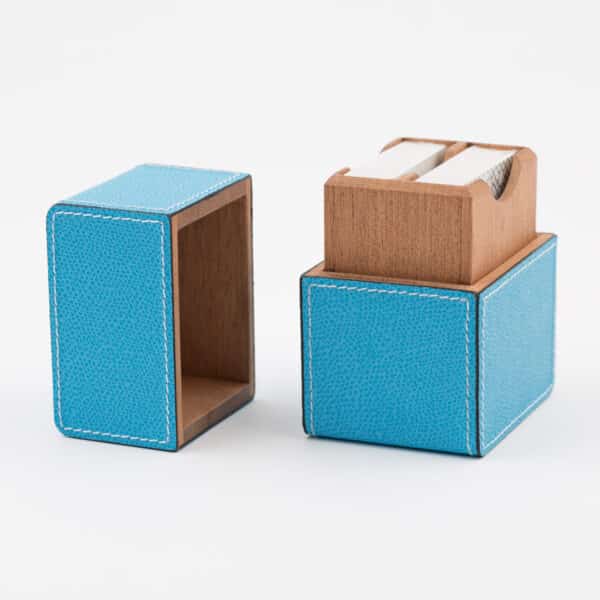
Blue & White Company luxury card box
Here at Blue & White Company we think that the iconic turquoise deserves all of our admiration. Whether it brings you good health, good fortune or just a beautiful blue brightness to your day, our wonderful collection features a gorgeous selection of odes to the gemstone. Some of our favourites include the luxurious Turquoise Leather Playing Card Box and our elegant White Cotton Nightdress with Turquoise Embroidery – perfect for the summer months!
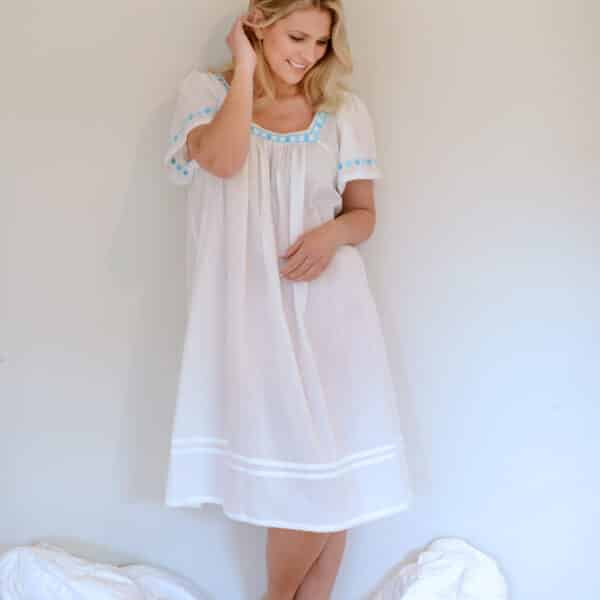
Blue & White Company Cotton Nightdress with Turquoise Daisy Embroidery